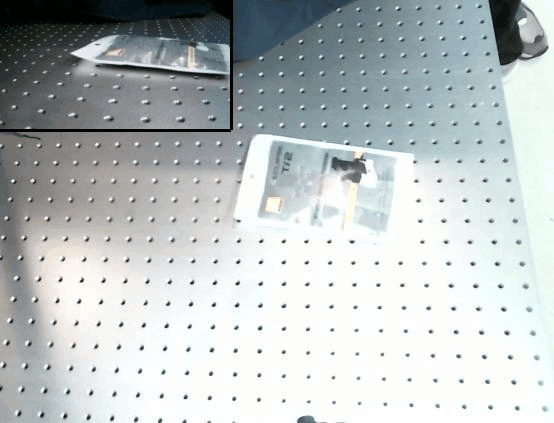Bacterial cells exhibit incredible subcellular organization even though they are only about one micron, roughly one million times smaller than humans. This organization is crucial to the health and development of the organism. The characteristic rod, helical, and curved morphologies of bacteria are patterned by one of the key organized components, the bacterial cytoskeleton. The cytoskeleton patterns the growth and recycling of the rigid cell wall, breaking symmetry and establishing specific cell shapes. These physical shapes are key factors in how bacteria interact with their physical environments, including the ability of pathogens to invade and colonize host sites. To study these subcellular processes, our lab develops new light microscopy and computational image reconstruction technologies to understand both general principles and species specific nuances to bacterial shape maintenance.
The scientific approaches used by our lab borrow heavily from the domains of microbial genetics, light microscopy, optogenetics, biophysics, computational image processing, and machine learning. While some specific projects are focused in one area, an interdisciplinary approach is crucial to understand, manipulate, and utilize the biophysical principles underlying bacterial cell biology. Targeting the bacterial cell wall has been one of the greatest successes of antibiotics, and I am therefore interested in the molecular factors that govern cell wall biosynthesis and cell shape. Major focuses of the lab are understanding the biophysical mechanisms modulating cell shape, advancing multidimensional reconstructions of bacterial cell shape, developing subcellular optogenetic tools to control bacterial growth, and advancing our understanding of single-cell bacterial physiology.
MreB is a widely conserved bacterial actin that plays key roles in cell shape determination and is geometrically localized, making it an ideal candidate protein to study the molecular mechanism of geometric localization. We utilize both chemical and genetic perturbations to probe how the features of MreB assembly, localization, and dynamics are associated with the multifaceted aspects of cell shape. These data driven investigations require both the full three-dimensional reconstructions of bacterial cells and machine learning technologies. In particular, our lab continues to develop and advance fluorescence microscopy technologies which allow us to reconstruct the shape of individual cells. As the shape of bacterial cells is modified by the growth of and recycling of cell wall, we are developing novel methods to incorporate temporal dynamics into our shape reconstructions. These technologies are useful not only for studying the simple cylindrical rod morphology of Escherichia coli, but also more complex geometries such as the curved rod Vibrio cholerae and the helical rod Helicobacter pylori. In addition to developing and applying new computational techniques for shape reconstruction, our lab is also developing new microscopy techniques to geometrically position specific protein activity. These optogenetic approaches will allow us to close the loop of understanding and test predictions generated from our observations of the importance of spatiotemporal organization in bacterial cell biology.
